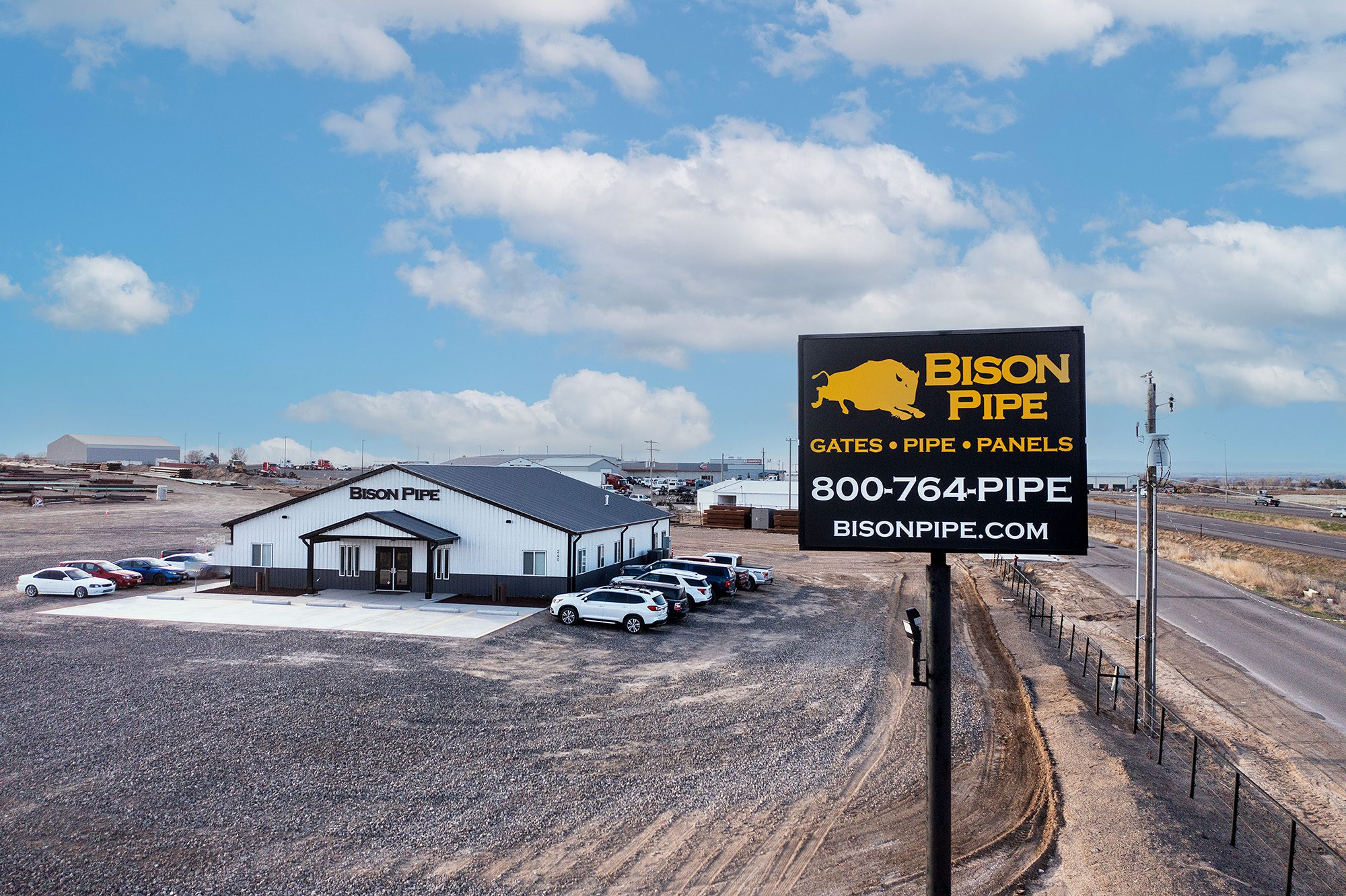800-764-7473
Local 208-324-2142

Understanding the renewable energy transition is vital in shaping a sustainable future. From reducing carbon emissions to enhancing energy security, this shift holds immense potential. When contemplating renewable energy, our minds often conjure images of wind turbines, solar panels, and innovative batteries. Yet, the journey from fossil fuels to renewables encompasses less apparent but pivotal elements, including the used oilfield pipes. Scroll down to know the details.
Repurposing existing oilfield infrastructure plays a big part in the shift to renewable energy. Used oilfield pipes are crucial here. As old oil production declines, these pipes can be reused to transport hydrogen, captured carbon dioxide, or biofuels. This saves us from building new pipelines, which is better for the environment.
For example, hydrogen, a crucial part of renewable energy, can be used in oilfield pipes for transportation. These pipes, originally for oil or gas, can be changed to carry hydrogen, saving money and reducing environmental impact. Plus, since they’re often near industrial areas, they make getting hydrogen to where it’s needed easier.
Did you know that used oilfield pipes are essential for transporting energy and building renewable energy infrastructure? Initially used in oilfields, materials like steel pipes find new life in projects such as geothermal energy plants, hydroelectric projects, and even wind turbines.
Consider geothermal energy, for instance. The wells used in geothermal energy production often require sturdy pipes that can withstand depths of several kilometers. Interestingly, the same type of oil and gas drilling pipes can be repurposed for geothermal energy projects. This practice significantly contributes to the renewable energy transition by providing reliable materials, cutting costs, and reducing waste.
Carbon Capture and Sequestration, or CCS, is vital for reducing greenhouse gas emissions by capturing carbon dioxide at its source and transporting and storing it underground—often through pipelines. Existing oil and gas pipeline networks, especially in regions with declining fossil fuel production, offer infrastructure for transporting captured carbon to storage sites. Used oilfield pipes play a crucial role in achieving climate goals by facilitating the transportation and storage aspects of CCS projects.
An innovative approach involves Compressed Air Energy Storage (CAES), where air is compressed into underground reservoirs—such as depleted oil or gas fields—during periods of low energy demand. Then, when energy demand spikes, the pressurized air is released to generate electricity. The used oilfield wells offer a promising avenue for enhancing energy storage capabilities within renewable energy systems.
Amidst the quest for environmental sustainability and efficiency, the adaptive reuse of oilfield pipes and supplies emerges as a distinctly human approach to problem-solving. Rather than rendering current pipelines obsolete, this strategy presents an opportunity to minimize our environmental impact and maximize resources. By leveraging what we already have in oilfield pipes—we can actively contribute to a greener, more sustainable world.
Explore the transformative role of used oilfield pipes with Bison Pipe in driving sustainability. Join us in maximizing renewable energy transition and reducing environmental impacts. Together, let’s repurpose existing infrastructure for a greener future. We provide options for availing used steel pipes to drive viability and efficiency. Partner with us for innovative and eco-friendly solutions today!